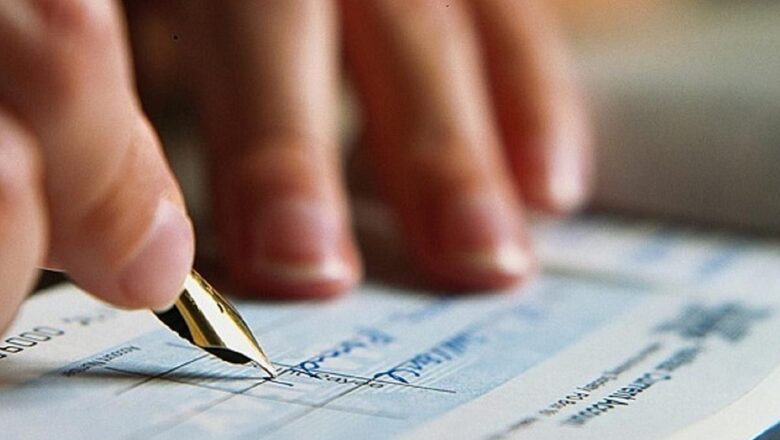
views
Starting from February 1, the Bank of Baroda (BOB) has implemented changes in its cheque payments system. “BOB Customers are requested to provide us advance intimation of cheques issued to the beneficiaries so that Bank at the time of presentment for payment in CTS clearing (as well as on counter) can pass the High-Value cheques without any re-confirmation phone call by your base Branch,” it said earlier in a notification.
The Reserve Bank of India (RBI) had issued guidelines for banks to implement this system from January 1, 2021, to safeguard against cheque frauds. In its statement, the apex bank said: “The CTS-2010 standard specifying minimum-security features on cheque leaves acts as a deterrent against cheque frauds, while standardisation of field placements on cheque forms enables straight-through-processing by use of optical / image character recognition technology. To further augment customer safety in cheque payments and reduce instances of fraud occurring on account of tampering of cheque leaves, it has been decided to introduce a mechanism of Positive Pay for all cheques of value Rs 50,000 and above.”
Positive Pay System: Limit
Banks shall enable it for all account holders issuing cheques for amounts of Rs 50,000 and above. While availing of this facility is at the discretion of the account holder, banks may consider making it mandatory in case of cheques for amounts of Rs 5,00,000 and above.
Why is Positive Pay System important?
Under the Positive Pay mechanism, after an account holder issues a cheque to anyone, they will share the cheque details with the bank. An account holder shares the details of the issued cheque like cheque number, cheque date, payee name, account number, amount, etc with the bank along with an image of the front and reverse side of the cheque, before handing it over to the beneficiary.
Before making payment against the cheque, banks will have to match the details available on the cheque with those that the issuer has provided meaning when the beneficiary submits the cheque for encashment, the cheque details are compared with the details provided to the bank through Positive Pay and if the details match, the cheque is honoured.
The concept of Positive Pay involves a process of reconfirming key details of large value cheques. Any discrepancy in details is flagged by CTS to the drawee bank and presenting bank, who would take redressal measures. National Payments Corporation of India (NPCI) will develop the facility of Positive Pay in CTS and make it available to participant banks.
What happens in case of a dispute?
According to a September circular of the RBI, only those cheques which are compliant with the above instructions will be accepted under the dispute resolution mechanism at the CTS grids. Member banks may implement similar arrangements for cheques cleared or collected outside CTS as well.
Read all the Latest Business News here




















Comments
0 comment